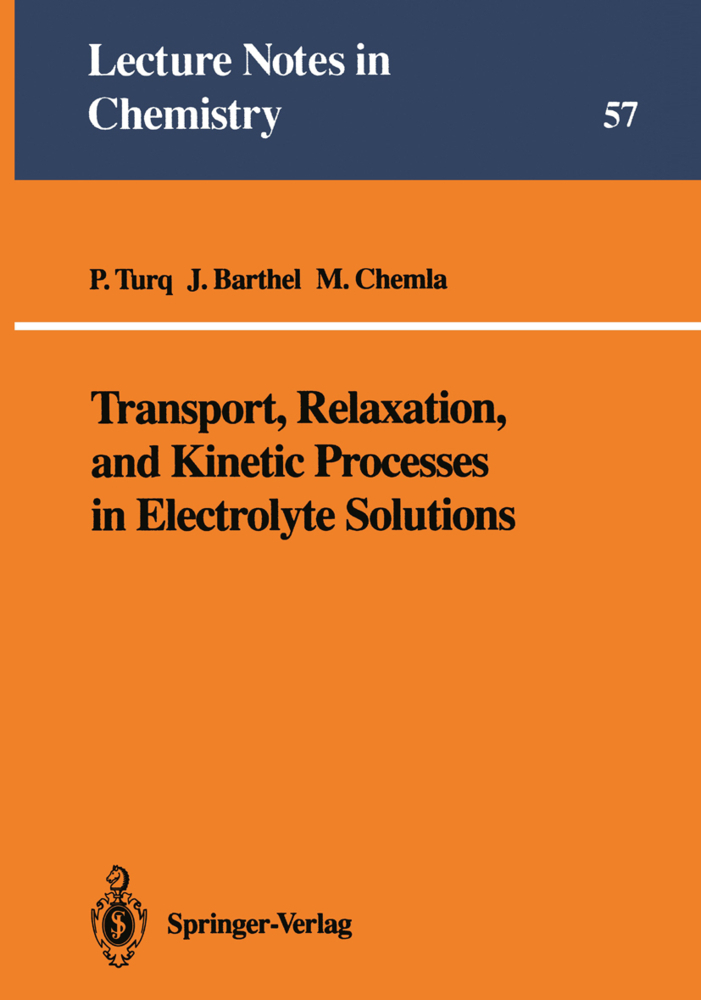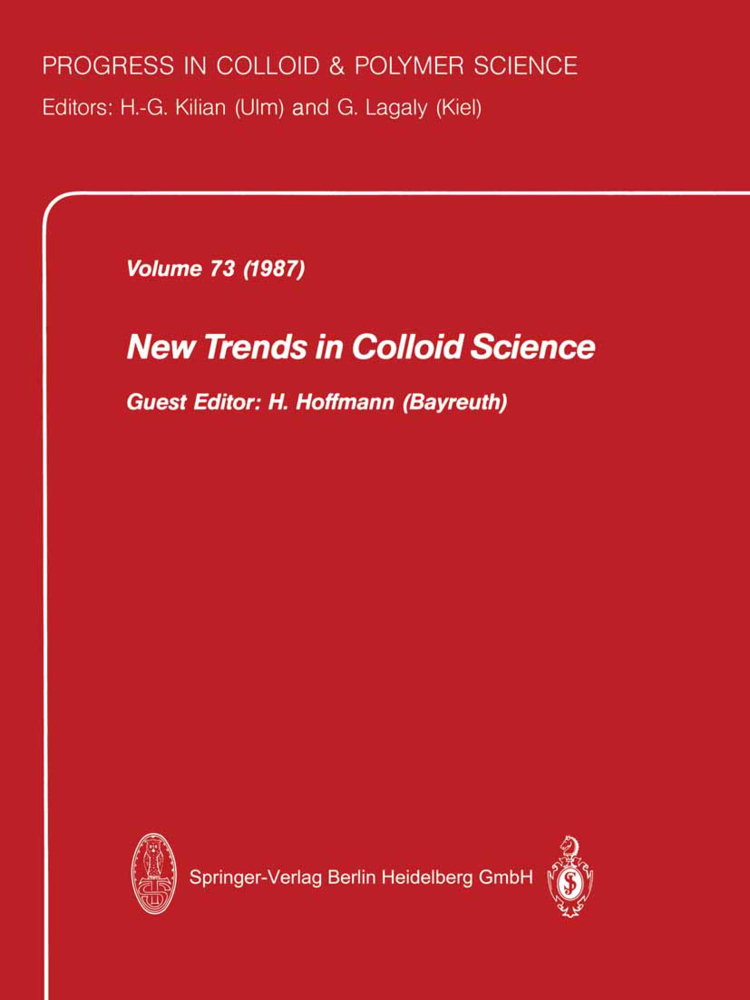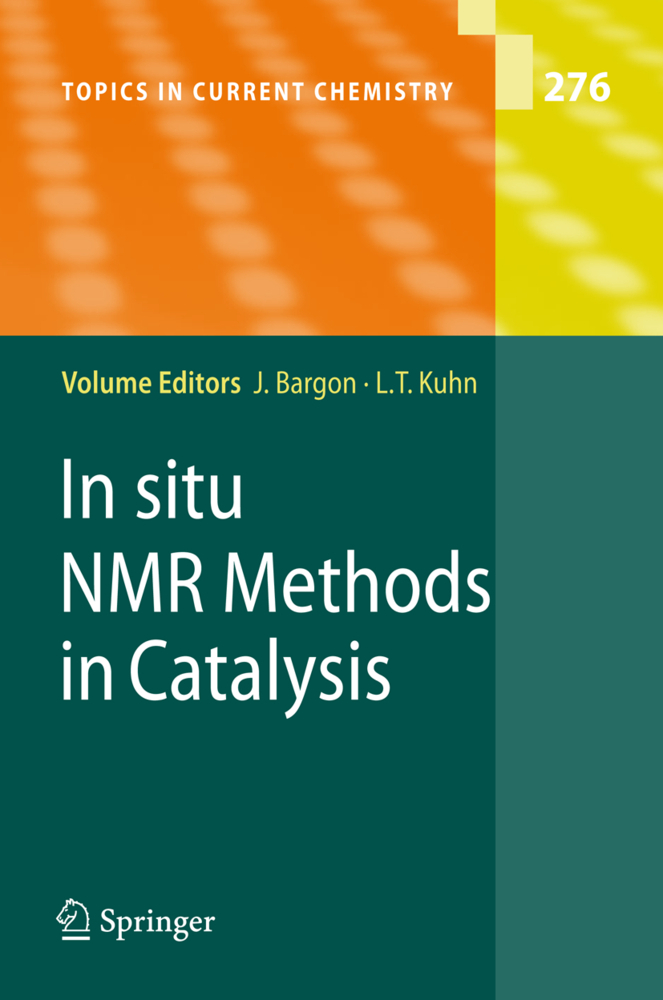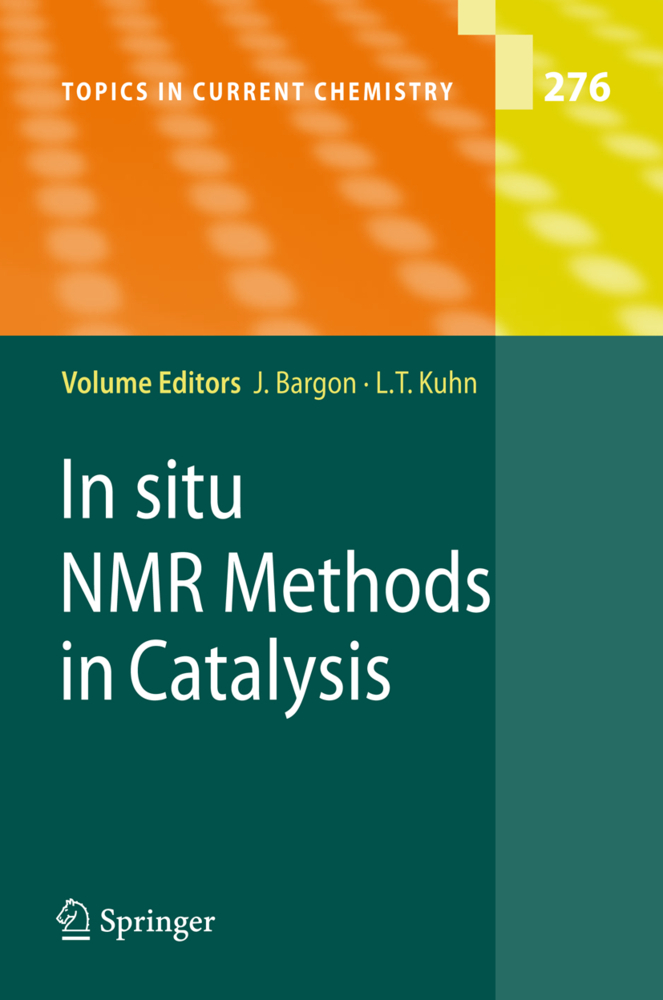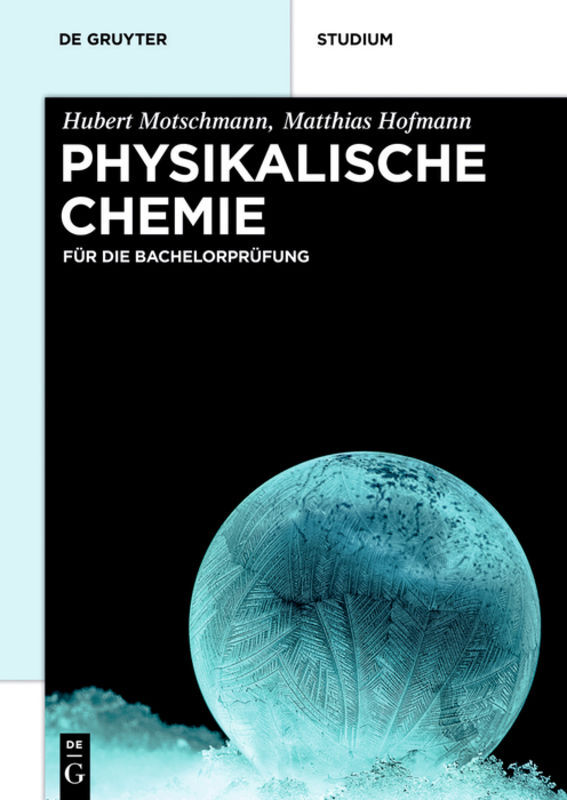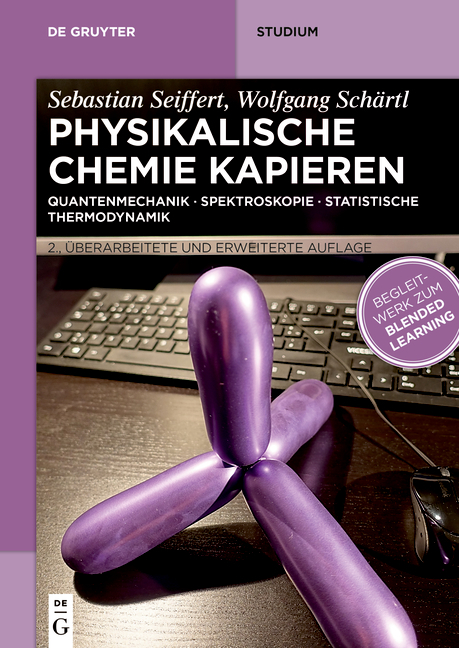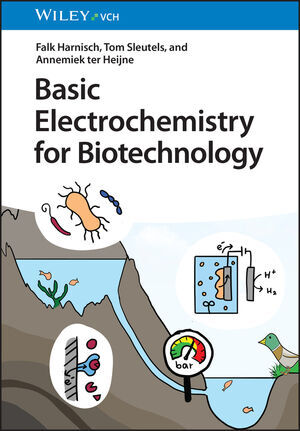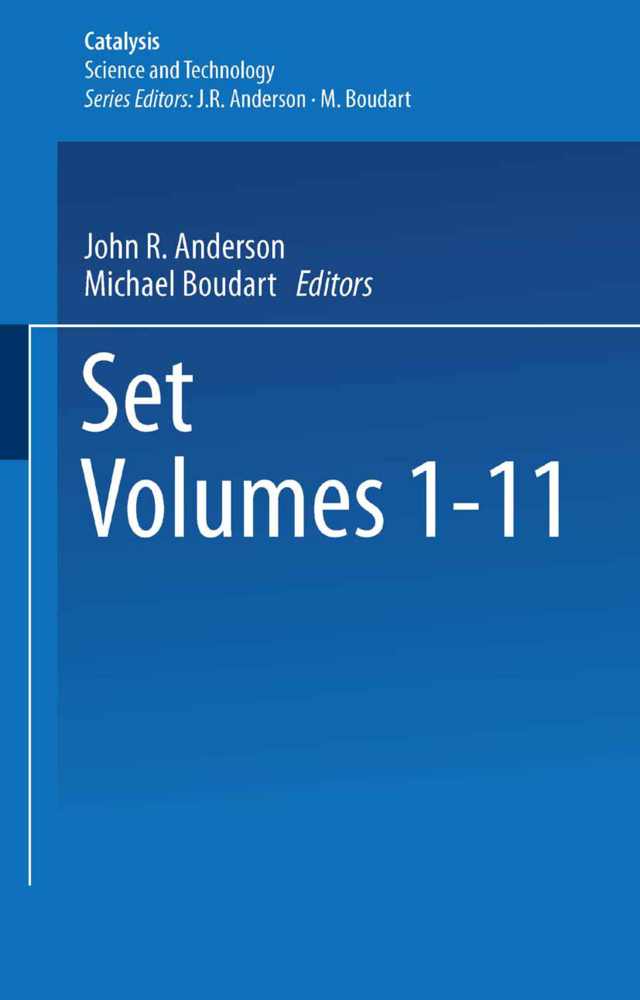Transport, Relaxation, and Kinetic Processes in Electrolyte Solutions
Transport, Relaxation, and Kinetic Processes in Electrolyte Solutions
The presence of freely moving charges gives peculiar properties to electrolyte solutions, such as electric conductance, charge transfer, and junction potentials in electrochemical systems. These charges play a dominant role in transport processes, by contrast with classical equilibrium thermodynamics which considers the electrically neutral electrolyte compounds. The present status of transport theory does not permit a first prin ciples analys1s of all transport phenomena with a detailed model of the relevant interactions. Host of the models are still unsufficient for real systems of reasonable complexity. The Liouville equation may be adapted with some Brownian approximations to problems of interact ing solute particles in a continuum (solvent; however, keeping the Liouville level beyond the limiting laws is an unsolvable task. Some progress was made at the Pokker-Planck level; however, despite a promising start, this theory in its actual form is still unsatis factory for complex systems involving many ions and chemical reac tions. A better approach is provided by the so-called Smoluchowski level in which average velocities are used, but there the hydrodyna mic interactions produce some difficulties. The chemist or chemical engineer, or anyone working with complex electrolyte solutions in applied research wants a general representa tion of the transport phenomena which does not reduce the natural complexity of the multicomponent systems. Reduction of the natural complexity generally is connected with substantial changes of the systems.
1.2 Systems in Thermodynamic Equilibrium
1.3 Electrolyte Solutions
1.4 Preliminary Remarks on Transport Processes
II: Coupled Processes and Chemical Reactions in Solutions
2.1 Continuity Equations
2.2 Mass Conservation
2.3 Constitutive Equations
2.4 Solutions of the Basic Transport Equations
2.5 Normal Modes
2.6 Coupled Diffusion
III: Hydrodynamic Properties
3.1 Introduction
3.2 General Aspects of Hydrodynamics
3.3 Inviscid Fluids
3.4 Viscous Incompressible Fluids
3.5 Stokes Approximation
3.6 Hydrodynamic Interactions of Moving Spheres
IV: Excess Quantities
4.1 Distribution and Correlation Functions
4.2 Debye-Hückel Limiting Law
4.3 Activity Coefficients
4.4 Chemical Model
4.5 Electrolyte Solutions at Moderate to High Concentrations
4.6 Hydrodynamic Interactions
V: The Role of Ion Aggregation and Micelle Formation Kinetics in Diffusional Transport of Binary Solutions
5.1 Diffusional Transport of Symmetrical Electrolytes
5.2 Some Remarks on the Diffusional Transport of Symmetrical Electrolytes
5.3 Diffusional Transport of Unsymmetrical Electrolytes
5.4 Monomer-Micelle Exchange in Micelle Diffusion
5.5 Concluding Remarks
VI: Diffusion, Migration and Chemical Reactions in Electrolyte Solutions beyond Ideality
6.1 Introduction
6.2 Electrolyte Conductance
6.3 Apparent Ionic Charge
6.4 Experimental Contributions to the Apparent Charge Concept
6.5 Solutions of Complex Electrolytes
6.6 Electrophoretic Transport and Exchange Reactions
VII: Relaxation. Processes in High Frequency Electromagnetic Fields
7.1 Fundamental Equations
7.2 Electric Polarization
7.3 Response Functions and Relaxation Times
7.4 Relaxation Processes in Solvents and Their ElectrolyteSolutions.
I: Basic Concepts
1.1 Introduction1.2 Systems in Thermodynamic Equilibrium
1.3 Electrolyte Solutions
1.4 Preliminary Remarks on Transport Processes
II: Coupled Processes and Chemical Reactions in Solutions
2.1 Continuity Equations
2.2 Mass Conservation
2.3 Constitutive Equations
2.4 Solutions of the Basic Transport Equations
2.5 Normal Modes
2.6 Coupled Diffusion
III: Hydrodynamic Properties
3.1 Introduction
3.2 General Aspects of Hydrodynamics
3.3 Inviscid Fluids
3.4 Viscous Incompressible Fluids
3.5 Stokes Approximation
3.6 Hydrodynamic Interactions of Moving Spheres
IV: Excess Quantities
4.1 Distribution and Correlation Functions
4.2 Debye-Hückel Limiting Law
4.3 Activity Coefficients
4.4 Chemical Model
4.5 Electrolyte Solutions at Moderate to High Concentrations
4.6 Hydrodynamic Interactions
V: The Role of Ion Aggregation and Micelle Formation Kinetics in Diffusional Transport of Binary Solutions
5.1 Diffusional Transport of Symmetrical Electrolytes
5.2 Some Remarks on the Diffusional Transport of Symmetrical Electrolytes
5.3 Diffusional Transport of Unsymmetrical Electrolytes
5.4 Monomer-Micelle Exchange in Micelle Diffusion
5.5 Concluding Remarks
VI: Diffusion, Migration and Chemical Reactions in Electrolyte Solutions beyond Ideality
6.1 Introduction
6.2 Electrolyte Conductance
6.3 Apparent Ionic Charge
6.4 Experimental Contributions to the Apparent Charge Concept
6.5 Solutions of Complex Electrolytes
6.6 Electrophoretic Transport and Exchange Reactions
VII: Relaxation. Processes in High Frequency Electromagnetic Fields
7.1 Fundamental Equations
7.2 Electric Polarization
7.3 Response Functions and Relaxation Times
7.4 Relaxation Processes in Solvents and Their ElectrolyteSolutions.
Turq, Pierre
Barthel, Josef M. G.
Chemla, Marius
| ISBN | 978-3-540-55002-0 |
|---|---|
| Artikelnummer | 9783540550020 |
| Medientyp | Buch |
| Copyrightjahr | 1992 |
| Verlag | Springer, Berlin |
| Umfang | XIV, 206 Seiten |
| Abbildungen | XIV, 206 p. |
| Sprache | Englisch |

